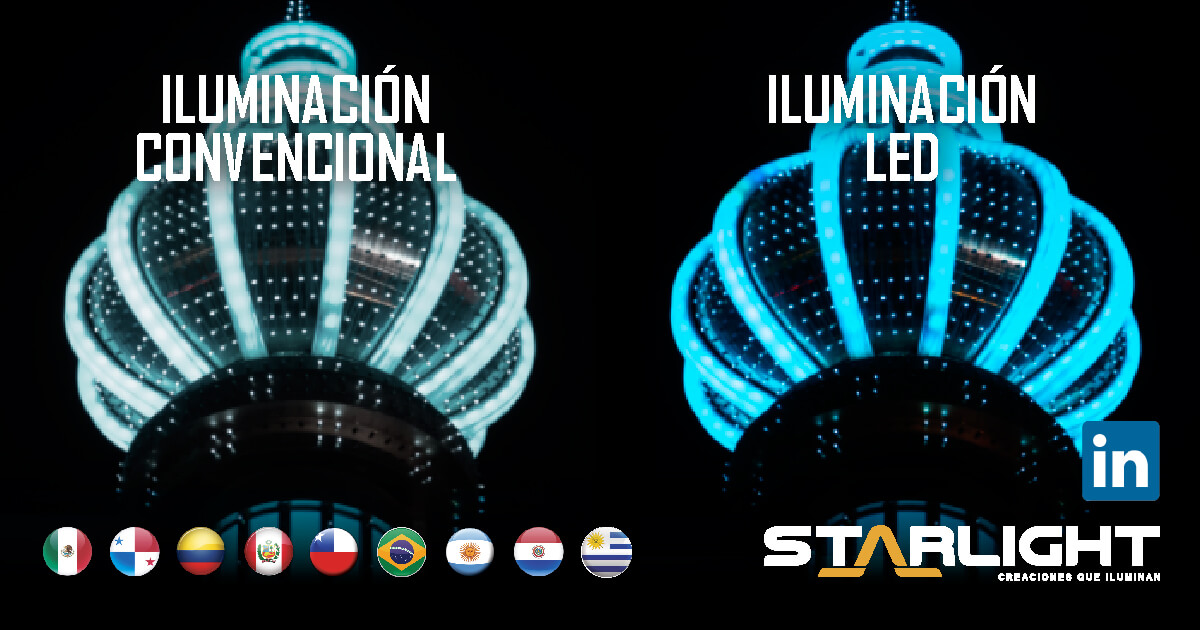LED lighting versus conventional lights
Categorised in: Sin categoría
Fluorescent, incandescent, LED?
When we talk about conventional lights we can refer to various types of lighting according to their composition. Thus, we have incandescent, fluorescent or CFL (Compact Fluorescent Lamp, also called energy saving bulbs). Let’s know a little about each of them to have a better approximation to how they work and how different they are.
Traditional spotlights
They are incandescent bulbs. Also known as bulbs, they generate light by heating a metallic filament (made of tungsten or tungsten) through which electricity circulates, producing light (by Joule effect). However, most of what this system produces is heat and only 15% of the energy is transformed into light.
Fluorescent and savers
The principle of its technology is similar, therefore we explain them at the same time, because only the packaging changes. In these luminaires the light is produced by various chemical compounds that react by emitting light when they receive ultraviolet radiation. They contain a small amount of mercury vapor and other inert gases, such as argon, which ionize with the passage of electricity. This generates a plasma and light.
Light Emitting Diode: LED
This type of lighting uses diodes, in groups of greater or lesser density, which will allow a higher quality and light output. It generates light by electroluminescence effect and its efficiency is around 90% of the energy consumed in light. Although the price of an LED lamp or bulb is higher than those mentioned above, its consumption savings are significant compared to the incandescent bulb, the fluorescent tube and the CFL or “saver” bulb. The state of saving is in a range of 80% in the invoicing for consumption of electrical energy; in addition to a long service life of the same.
